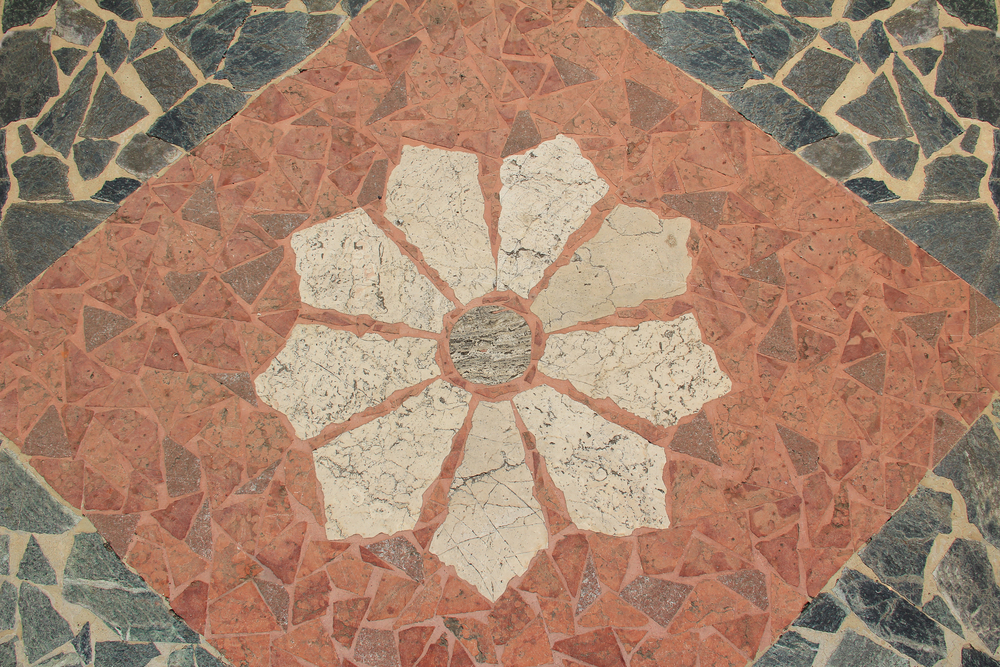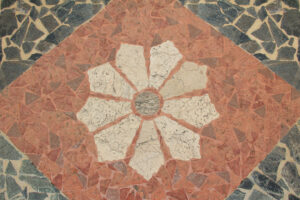Have you ever wondered about the origins of stone counters’ names, from granite to marble?
Besides the fascinating history of the mining of these materials, the roots of their words are also indicative of just how durable they are. For example, granite is a mid-17th century Italian word that means grain or grained. It’s also similar to the Italian word granita, which is a dessert made with coarse ice. The unique grains in the dessert and the countertops are what make the slabs so desirable.
Marble is an even older word with Middle English roots. It began as the old French word marbre, from the Latin marmor, and also has roots in the Greek marmaros and marmairein. In each of these languages, it meant shining stone or to shine, which is an appropriate definition for this gorgeous stone today. Available in a wide variety of colors and patterns, it easily becomes the focal point of any room.
Deep Roots
The word quartz has Polish origins in the words kwardy and twardy, but also has German lineage in the word quarz. It’s from the mid-18th century, one of the newer root words in the stone industry, and simply came from the word meaning hard.
An apt description, quartz is known for being the most durable, stain-resistant, non-porous and virtually maintenance-free stone option for countertops today. Through processing and by adding materials to the stone, you can get just about any color or design you can imagine, and you never have to re-seal.
Slate isn’t as popular a choice for natural stone countertops as the previous three, but it’s excellent for some homeowners who fall in love with its unique look.
It also has an interesting root history, coming from the old French word esclate, then transitioning to the Middle English sclate before going back to the old French esclat. It was a phrase that meant piece broken off, which is exactly what is done to create large slabs of this gorgeous natural stone that’s perfect for bathrooms and kitchens.
A Rich History
No matter which type of stone countertop you choose, it’s not just the name that has a long and interesting history, although you certainly can tell a lot by a name!
Stone has been used in homes, businesses and palaces for thousands of years. In India, many palaces and fortresses feature marble throughout, with the Taj Mahal being the most famous example. Clearly, stone can and will last for centuries if it’s well cared for.
Choosing the right stone for your bathroom or kitchen instantly raises the value of your home and the luxury within. However, you have to make sure you choose the right stone for your needs and goals. Talk to an expert at Intermountain Stone & Marble today to find out more about stone counters.


